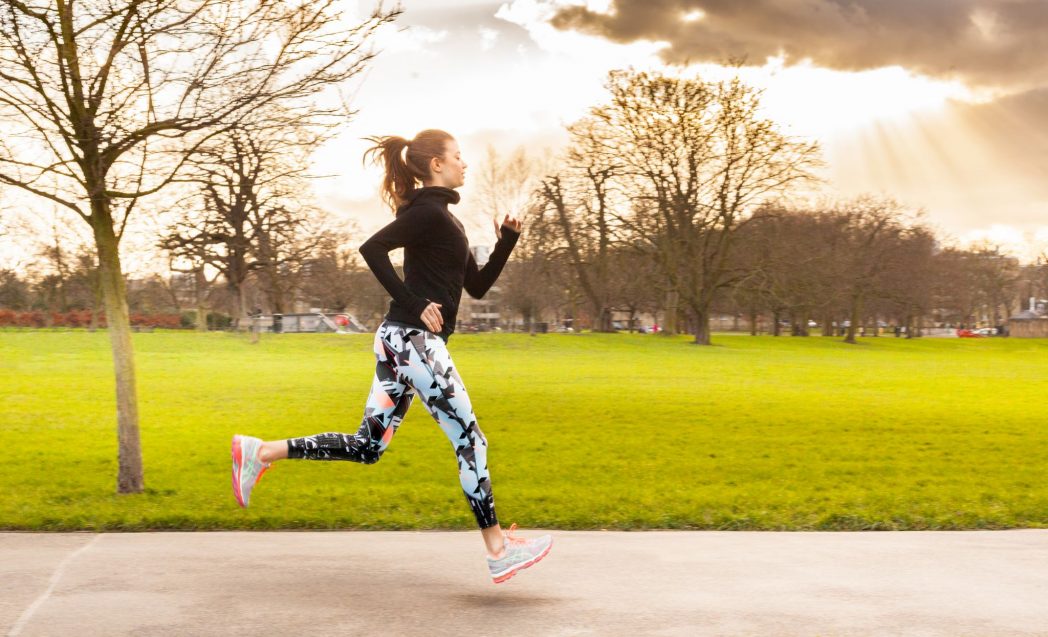
…BABY IT’S COLD OUTSIDE
I don’t know if you noticed but today was absolutely frrrrreazing outside.
Colder temperature makes running and training much harder for a number of reasons. Despite how hot the temperature can be in the summer, the heat is not as big of a deterrent as cold.
At lower temperatures your body has to work harder to maintain your core temperature. Therefore more energy has to be expended simply for maintaining core temperature and this comes at less overall energy available.
Hydration is an important thing in colder condition: when the temperature drops your blood pressure rises as your blood flow is constricted. To counter this, your body removes excess water in the form of urine. In colder temperatures you do not sweat as much and your body does not trigger thirst the same way it does in warm conditions. As a result, it is very easy to become dehydrated and your performance will suffer.
Adding to all the struggle your body needs to go through to adapt, there’s also the mental component, when running outdoor becomes a massive “hassle” and we prefer to hibernate indoors, waiting for more favorable conditions.
Without taking in account that the favorable conditions will correspond also with the bikini season, and we might be then a bit too late to be bikini body ready.
Hence hibernating indoor is not a good solution.
We don’t want to forget that there are lots of benefits of training outdoor; starting from the refreshing and crisp air that will awake you, revitalize your spirit and help ward off the winter blues.
Doesn’t matter whether the temperature is hot or cold, training outdoor remains my favorite (Read this article to know the benefits).
In the most common cases, the reason number one why your body suffers to train outside is your clothing.
When running or training in cold conditions it is important to keep your muscles warm and your core temperature maintained at all times. If you become chilled or allow yourself to cool down, your body is unable to get back to the prior temperature without returning to a warmer environment.
Sometimes though the biggest problem is dressing too much.
While you may not be cold when you first head out, you will soon overheat once you start to exercise. How much clothing you need at a given temperature is highly personal, but there are some guidelines to successful clothing choices.
Here are my keys to success for dressing appropriately from Head-to-Toe.
Look up also at the Sweaty Betty outfit I made up for you, picking between my favourite outdoor training items.
- Wear A Hat
Your mother knew best when she told you to wear a hat… More heat escapes through the head than any other part of your body. Beanie styles are very functional. It should be made of thin, light technical fabrics so it doesn’t trap excessive amounts of heat.
- Upper Body
Dress for warmer temperatures than it is . When you first head out you should feel slightly chilly. As you begin exercising you will warm up, as your body produces heat.
Think thin, light, fitting technical fabrics, that are worn in layers, are best for running and training in the cold. Avoid anything heavy and bulky: you want to be able to move!
Start with a tight vest and a long sleeve light layer. It should be well fitting and not hanging loose. This is your base layer and will serve to retain as much heat as possible.
You can then add a second thin layer (like a wind/water proof jacket) or a warmer insulating layer (if the temperature is really cold) made specifically for running. A gilet can do the job; your arms don’t necessarily need more insulation. Many top layers designed for runners have an insulating lining with water resistant shells.
About the material choice avoid Cotton at all times! Cotton will soak up your sweat, which will make you feel cold rapidly. The layer may even freeze, depending on the temperature. The key to successful training outdoor in the winter is staying dry.
- Hands
Your hands will be the first to get cold when training outdoors. As they get cold you will be limited in doing the movements, as you will struggle moving your fingers!
Have a pair of gloves that are made of a technical material and are waterproof. Another critical point is to prevent them from getting wet.
- Lower Body
Your legs can stand the cold better than any other part of the body. Although you want to make sure to give them the right protection to avoid the risk of frostbite or having your legs going numb.
Avoid anything loose-fitting. Thermal run tights have now a technical fleece layer inside that will give you the right protection without overheating.
- Feet
Nothing can ruin a training session in the cold faster than getting wet. The most common part of your body to get cold and wet is your feet, stepping in a hidden slush puddle is never fun.
Depending on conditions, your regular running shoes just might not be enough to cut out the water as they are designed for maximum air flow. Mesh and other materials are nowadays designed to keep your feet cool, not warm.
If it is cold and dry, consider wearing a running sock specifically designed for cold weather, with an extra insulating layer, and privilege waterproof features rather than cool looks while choosing your trainers.
Find you ideal running shoes here.
Did you find this article useful? If you have anything to add, please use the section below to comment.

